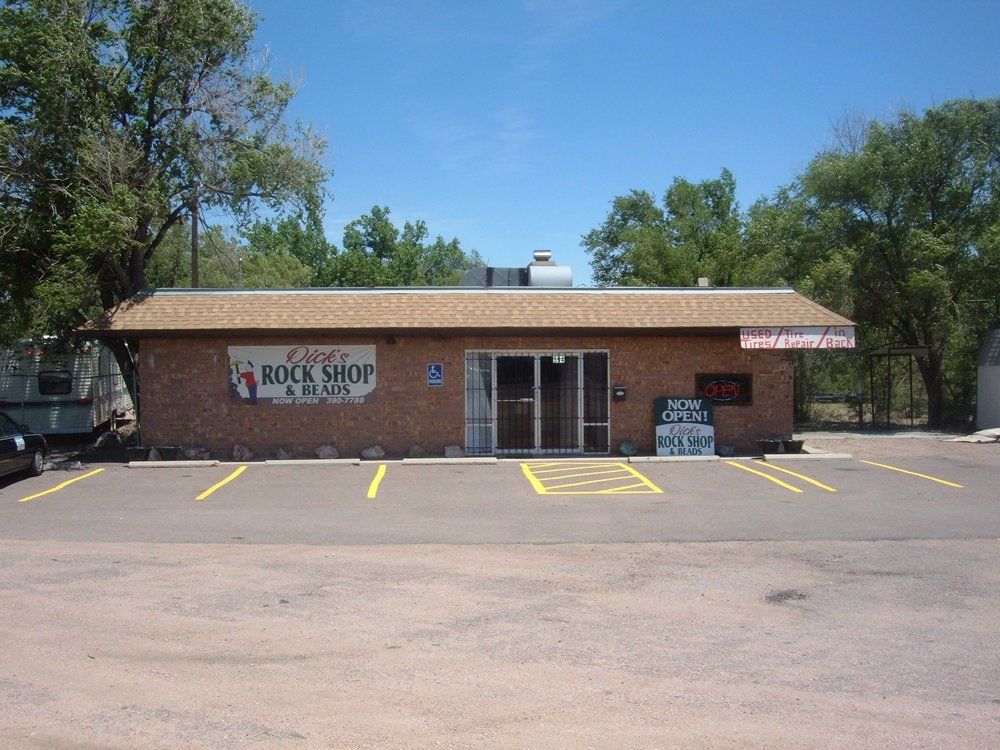The element tellurium is a silver-white metalloid (possesses
properties of both metals and non-metals) with the symbol Te and the atomic
number of 52 (number of protons in the nucleus of the atom). Tellurium exhibits
oxidation states of 6+, 5+, 4+, 3+, 2+. 1+, 1-, 2-; however, only 6+, 4+ and 2-
are stable. Tellurium can act as a cation with a 4+ oxidation state (IV) as in
the uncommon mineral tellurite, TeO2, or with a 6+
oxidation state (VI) as in jensenite, Cu3TeO6-2H2O.
The telluride anion with a charge of 2- can combine with gold and silver
cations in the minerals calaverite (AuTe2) and sylvanite
(AuAgTe4); both minerals form major gold ores at Cripple Creek,
Colorado.
Tellurium is an extremely rare element as most rocks contain about
3 parts per billion and is 8 times less abundant than gold. Tellurium is rarely
found in a native form in rocks of the earth’s crust. MinDat listed 135 valid
species containing essential tellurium: 1) 1 element; 2) 71 sulfides and
sulfosalts; 3) 2 halides; 4) 44 oxides; 5) 13 sulfates; 6) 1 phosphate,1 vanadate,
and 1 arsenate; and 7) 1 silicate. So,
most tellurium minerals are oxides and sulfates.
I previously posted about emmonsite (February, 13, 2017), a fairly
rare iron (ferric) tellurite [Fe2(TeO3)3-2H2O],
about the only tellurium mineral in my collection. However, I recently picked up a specimen of
the oxide tellurite, although certainly I feel out of my comfort zone in
describing it. It was collected in 2000 by David Shannon (Arizona).
The specimen comes from the Moctezuma Mine (Bambolla) Mine,
Moctezuma Municipality, Sonora Mexico.
It is a hydrothermal, gold-tellurium mine that produced a bonanza of
tellurium minerals in the oxidized zone, something like 15 new species plus
several previously named. The problem with my specimen is that all crystals are
extremely small, less than one mm in length, and beyond the capability of my
digital microscope. However, they are visible
(barely) in my binocular scope. The tellurite crystals are acicular or
needle-like, light or straw yellow to light tan in color, less than adamantine
in luster. The tiny crystals are in “tuffs”
or scattered, are translucent, and have a measured hardness of ~2.0 (Mohs). The
quartz matrix also contains two other types of crystal that are larger and more
robust than tellurite, and of a different color (green to brown), are striated,
and some are terminated (pyramid-like).
My best guess is denningite [(Mn,Ca,Zn)Te2O5]. The other unknown appears to be hexagonal and
might be zemannite [Mg0.5ZnFe(TeO3)3-4.5H2O]. My mineralogical capability with these tiny
crystals is lacking! But, I have learned
much from this little exercise.




















